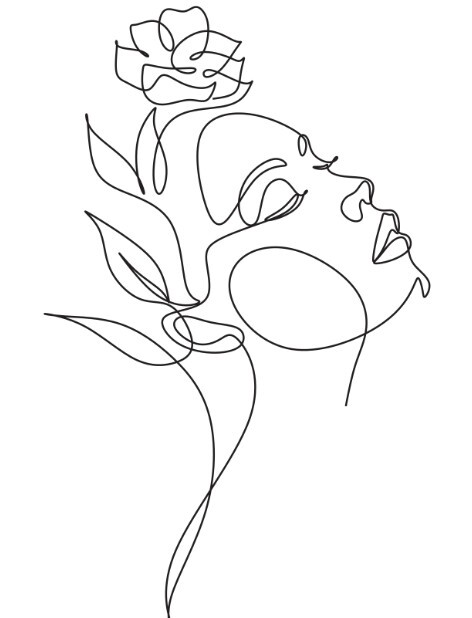Women & ADHD: Understanding the Unique Challenges and Solutions

For years, ADHD has been portrayed as a condition that primarily affects hyperactive young boys. But the reality? Millions of women struggle with ADHD - often without even realizing it. The symptoms can look different, the challenges can be overwhelming, and the lack of awareness leads to late or missed diagnoses.
Let's explore how ADHD uniquely impacts women, the role of hormones, emotional regulation, and practical strategies for managing daily life.
Why ADHD Often Goes Undiagnosed in Women
While boys with ADHD often display external hyperactivity, girls tend to exhibit more inattentive symptoms - like daydreaming, forgetfulness, or struggling with time management. Because these traits don't disrupt the classroom as much, they are frequently overlooked, leading many women to receive a diagnosis only in adulthood.
Additionally, societal expectations often push women to overcompensate. Many develop coping mechanisms like perfectionism or people-pleasing, masking their struggles for years.
Key takeaway: If you've always felt "different" but couldn't quite put your finger on why, an ADHD evaluation could be the missing piece.
The Role of Hormones in ADHD
One major difference between men and women with ADHD? Hormonal fluctuations. Estrogen plays a key role in dopamine regulation—so when levels dip (such as during PMS, pregnancy, or menopause), ADHD symptoms can worsen significantly.
Women with ADHD often report:
- Increased forgetfulness and brain fog before their period
- Emotional sensitivity and mood swings
- Fatigue and difficulty focusing postpartum
- Worsening ADHD symptoms in perimenopause
Key takeaway: Tracking your cycle and working with a healthcare provider can help you manage these shifts effectively.
ADHD, Emotional Regulation & Burnout
ADHD isn't just about focus - it also affects emotional regulation. Women with ADHD often feel emotions more intensely, leading to challenges with anxiety, rejection sensitivity, or impulsivity. Over time, this can contribute to burnout, especially in high-stress roles like parenting or caregiving.
To combat this, strategies like mindfulness, cognitive behavioral therapy (CBT), and medication can help regulate emotional responses and reduce stress.
Key takeaway: You're not "too emotional" - your brain just processes feelings differently.
Practical Strategies for Women with ADHD
Time Management Tips
- Use a digital planner with reminders to keep track of appointments.
- Time block tasks to prevent overwhelm and procrastination.
- Create a structured morning and evening routine for consistency.
Managing Emotional Overload
- Practice self-compassion - your struggles aren't a personal failing.
- Use mindfulness or journaling to process intense emotions.
- Seek support from ADHD coaches, therapists, or online communities.
Adjusting for Hormonal Fluctuations
- Track ADHD symptom changes throughout your cycle.
- Consider lifestyle changes like exercise, sleep, and diet for better regulation.
- Work with a nurse practitioner or doctor to explore treatment options if symptoms worsen.
Breaking the Stigma
Women with ADHD are not lazy, forgetful, or unmotivated. They are resilient, creative, and resourceful - but they need the right tools and support. If any of this sounds familiar, you're not alone, and there are ways to thrive with ADHD.